Local elections 2017: Six key lessons for the general election
- Published
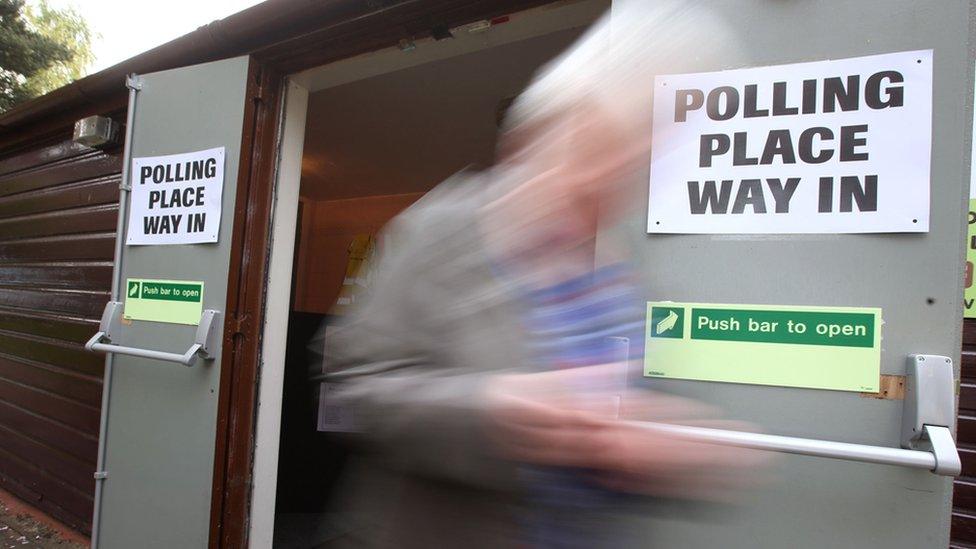
The Conservatives have gained hundreds of seats at the expense of Labour and UKIP in local elections across Britain. But what does it all mean for June's general election?
The Conservatives enter the general election campaign well ahead
There was an average swing of just over 7% from Labour to the Conservatives in the English county council elections, compared with 2013 when these councils were last fought over.
Converted into the equivalent of a nationwide vote, the party took a 38% share, making it the party's best English local election performance since 2008.

Meanwhile, the party looks as though it has at least doubled the 13% of the vote it won in the last Scottish local elections in 2012, marking another stage in the revival of its fortunes north of the border.
The party also unexpectedly won the Tees Valley mayoral election and narrowly won the big West Midland mayoral contest.
All in all a highly satisfactory outing for Theresa May.
Labour is in deep trouble
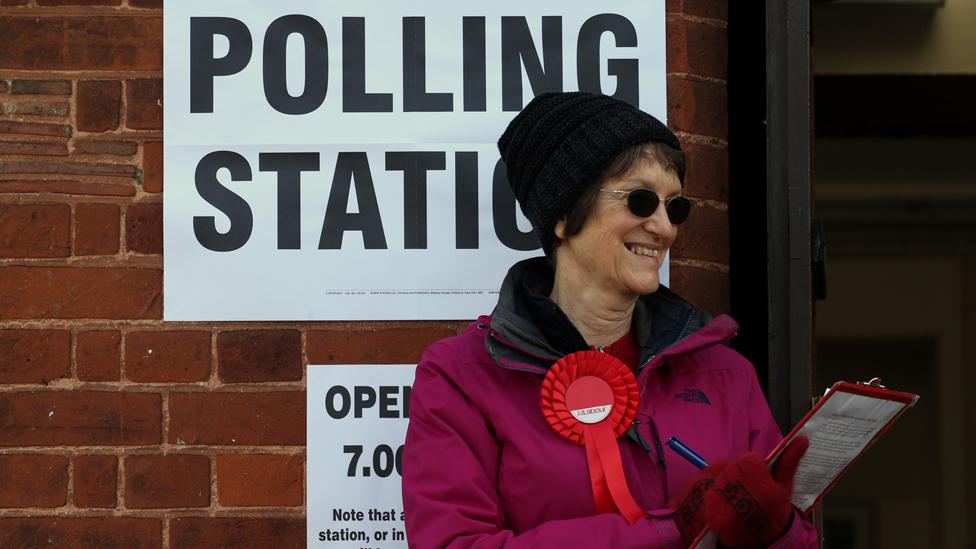
The party's performance in the last county council elections in 2013, when it had a 29% share of the vote, was even worse than the 31% it took in the 2015 general election.
Yet at 27% its performance this time round was worse still.
As a result, the party lost more than one in four of the seats it was trying to defend in England.
North of the border, the icon of Glasgow was lost following a heavy decline in the party's support throughout Scotland.
Meanwhile, in Wales it lost control of the supposedly rock-solid citadels of Bridgend, Blaenau Gwent and Merthyr Tydfil.
The one silver lining was success in retaining control of seemingly vulnerable Cardiff.
The outcome of the general election is not a foregone conclusion
Mrs May is hoping to secure a landslide, but the 11-point Conservative lead in the local elections is less than the party's current average lead of 17 points in the opinion polls.
Indeed, it is only four points above the lead David Cameron had in 2010, which only gave the party an overall majority of 12.
Winning a landslide is likely to come about as a result of a big double digit lead over Labour, but the party fell somewhat short of that target in these elections at least.
The UKIP bubble has burst
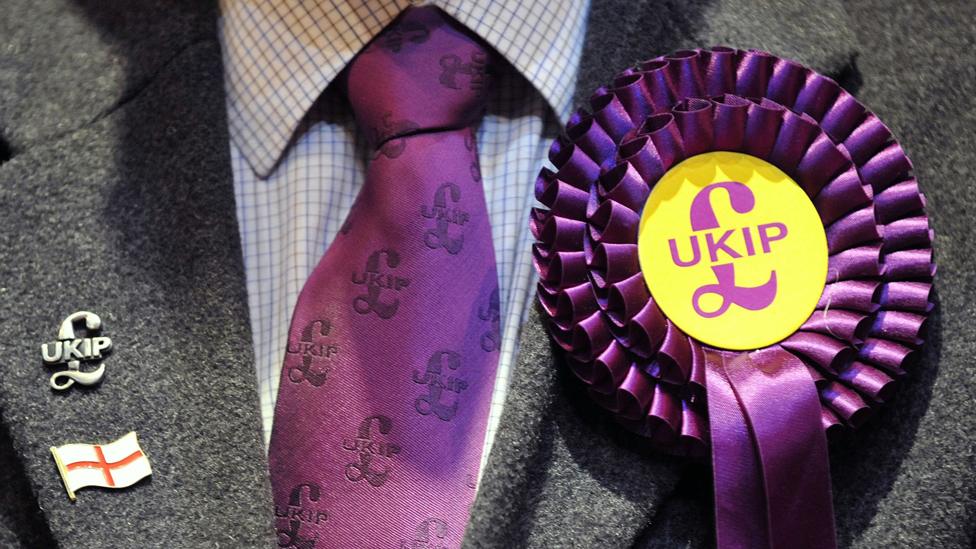
Four years ago, the party put in its best ever local government performance.
This time its vote melted away, just as the polls suggested it would.
With a projected share of 5%, the party's vote was as much as 18 points down on 2013.
The most obvious beneficiaries were the Conservatives, whose vote increased most heavily in wards UKIP won in 2013, and indeed where Leave were strong in the EU referendum.
Sorry, your browser cannot display this map
The Liberal Democrats still have a long way to go
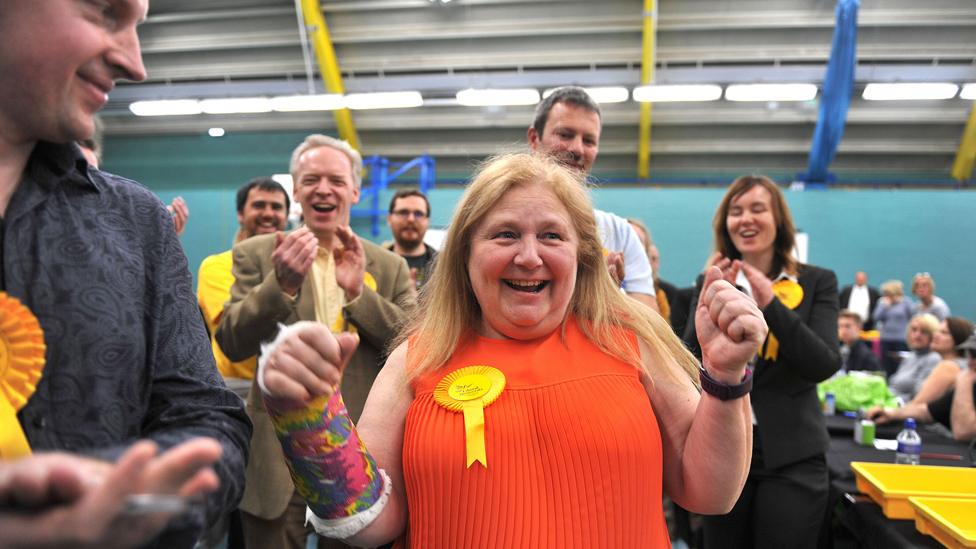
Essex Lib Dem councillor Jude Deakin celebrates after retaining her seat on the county council
Until it entered into coalition with the Conservatives in 2010, the party was the past master of local elections.
In the county council elections this time round, the party recorded its best local performance since it entered the coalition.
But its 18% share of the vote was still well below the 25% the party was regularly credited with in local elections between 2005 and 2010.
Its modest four-point increase in support since 2013 often proved inadequate to withstand the challenge posed locally by a big increase in Conservative support.
As a result the party's seat tally fell.
Expectations that the party might advance most in places where Remain did well in the EU referendum were only partially fulfilled.
The party's vote increased on average by three points more than elsewhere in wards where the Remain vote was highest last year.

Getting voters to the polls is still difficult
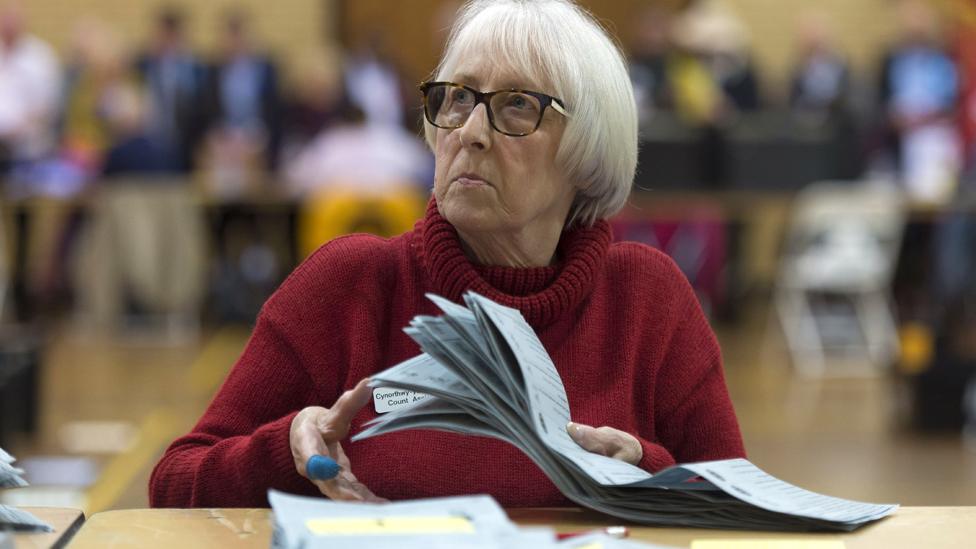
Only about 36% or so turned out to vote in the local elections in England.
That is five points up on the record low turn-out the last time these seats were fought in 2013, but well below the 42% who turned out in 2009.
In the city mayoral contests, in which the government had invested a lot of hope as a beacon of devolution, turn-out was in all but one case below 30%.
The parties have a lot of work to do to persuade voters that any of them is worthy of their support when they go to the polls again for June's general election.

About this piece
This analysis piece was commissioned by the BBC from an expert working for an outside organisation.
John Curtice is Professor of Politics at Strathclyde University.

- Published5 May 2017
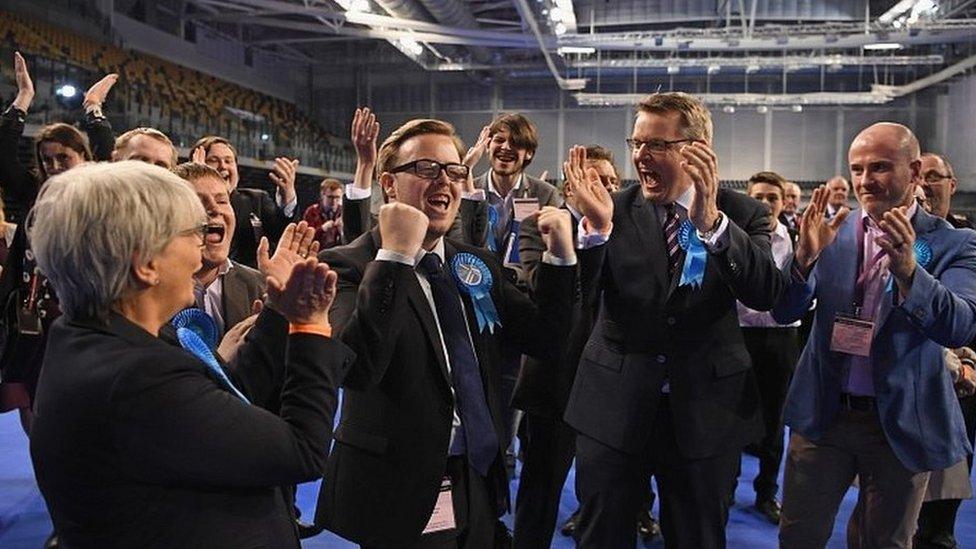
- Published5 May 2017